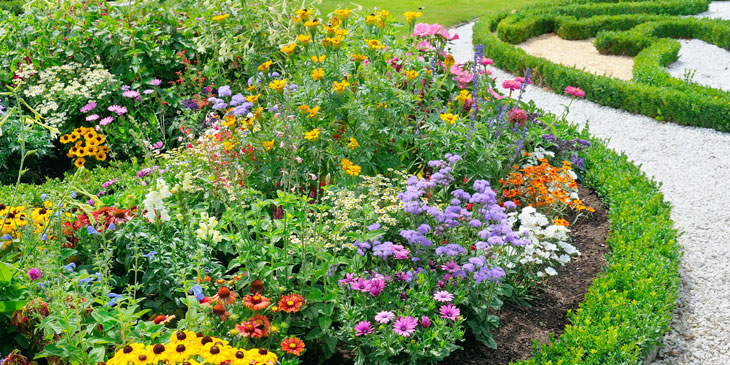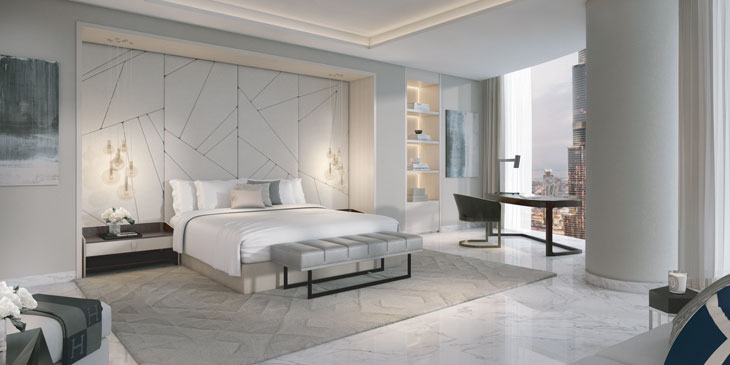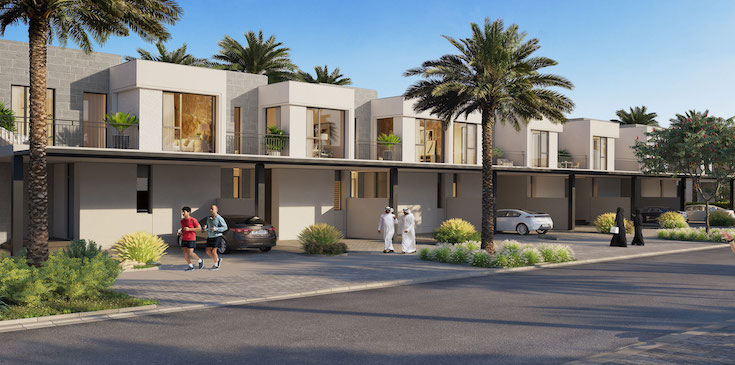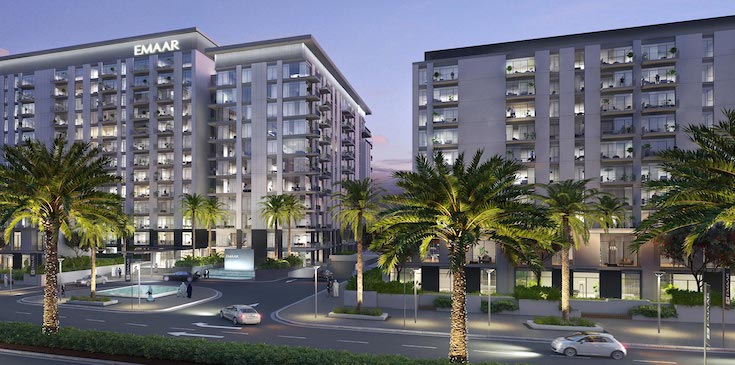Dubai’s property market is booming, and this fast-growing city is becoming one of the most desirable places to live in the world. Offering premium quality accommodation at a reasonable price, along with brand new facilities that have been carefully planned and designed to provide the best of everything, it’s particularly popular with young professionals and young families. Here’s our quick guide to buying property in Dubai.
Where to start looking
A villa or apartment in Dubai is a big investment, so you’ll need to choose carefully. Looking at developer’s websites can give you a good idea of what’s available, but nothing beats being ‘on the ground’ and looking at villas and apartments in person.
Ask yourself what kind of property you want – do you want to be in the very heart of the city (for example, at the stunning Emaar Property’s Grande complex in downtown Dubai), or are you looking for a more family-friendly property in a suburban setting such as the ever-popular Ranches development? Is a beachfront property with an uninterrupted sea view an absolute must? If that’s the case, a look at Emaar Beachfront should tick all the right boxes. Or does the thought of being surrounded by green open spaces and the friendly neighbourhoods of Dubai Hills Estate feel more homely?
Dubai’s property boom has been extraordinary and since foreign nationals were given the right to buy property in Dubai, the building bonanza has resulted in some exceptional properties for sale in the UAE.
Take a look at websites, book viewing appointments, and make sure you thoroughly research what’s on offer before you think about putting in an offer.
The legalities of buying a house in Dubai
Having a realtor you can trust is absolutely paramount when you’re buying property in Dubai. They’ll take you through the process step by step, whether you’re buying off-plan, or putting in an offer for an existing villa or apartment.
Anyone of any nationality can buy property in Dubai, as long as those properties are in designated areas as authorised by the Ruler of the Emirate of Dubai. You don’t have to be a fully-fledged resident to buy property, so if you live abroad you can still buy property to rent out or use as a private residence when you’re in the UAE.
Should you consider freehold or leasehold when buying property in Dubai?
As with many other cities around the world, there are two main types of property available – freehold (where you own the property outright) and leasehold (where you buy the lease of a property for a set period of between 30-99 years).
Bear in mind that if you do go for a leasehold (which may be slightly less expensive than freehold properties, especially in the heart of Downtown Dubai), you will have to factor in additional costs such as ground rent, service fees, and maintenance charges.
How long does it take?
Once the Agreement of Sale has been signed, it usually takes around 30 days to complete the transaction, so timeframes are very similar to buying property in other countries such as the UK.
Once you’ve found a property or villa in Dubai that you like, a Memorandum of Understanding is signed, and a deposit is paid (usually around 10%). That gets things moving, and the next stage is for the buyer and seller to meet and apply for a No Objection Certificate so that the property can be sold. The developer will be happy to issue this on payment of a fee, and if they are certain that the buyer has the correct funds to buy the property. So if you do need finance to buy a property in Dubai, make sure you have it in place before you start the process. Otherwise you may be refused the NOC and the sale will fall through.
Once you’ve obtained the NOC, you can then go to the Dubai Land Department and transfer ownership of the property. You will need to pay the purchase price in the form of a manager’s cheque payable to the seller on the transfer date.
Once all that is completed, you’ll be issued a land deed in your name for the property.
Buying property with a mortgage in Dubai
If you’re buying property in Dubai with a mortgage, then the NOC won’t be issued unless your bank or lender has sufficient funds set aside to pay for the property. If you’re buying with a mortgage, the timeline may be slightly longer and more protracted than if you’re doing a straight cash buy.
The cost and fees when buying a house in Dubai
As well as the cost of the property you’re buying, you’ll need to budget for a raft of other fees and charges.
• NOC fees – the cost of the No Objection Certificate is between AED 500-5,000, depending on the value of the property. These are usually paid by the seller to the developer. You may also be subject to an additional charge from the developer, but this is a refundable deposit which is repaid once you present the new title deeds and they update their records.
• Estate Agent’s commission – this is usually around 2% of the purchase price
• Transfer fees – approximately 4% of the purchase price, and an additional fee of not more than AED5,000 payable to the Dubai Land Department.
• Mortgage Registration Fees – If you are buying with a mortgage then you may be subject to mortgage registration fees at a rate of 0.25% of the loan amount, again, paid to the Dubai Land Department.
You’ll also have to pay your annual service charge to the developer in advance.
Where are the top spots for buying property in Dubai?
Downtown Dubai has countless developments offering high-quality apartments just minutes from the very centre of the city. Apartments in the Emaar Forte block are highly sought after, and command a premium price, while the Harbour Views tower development at Dubai Creek Harbour offers real luxury and the very best in modern city living.
The Emaar Ranches development has large family homes in safe, comfortable communities with plenty of amenities and wide open spaces, perfect for young families who want a more secluded and peaceful environment.
Apartments at BLVD Heights in Downtown Dubai offer larger city apartments, or the low-rise Park Point at Dubai Hills Estates is an interesting alternative to high-rise living in the centre of Dubai.
To view all properties available within our communities section, click here.





